Transformation of music in the 20th century
By Rubal Panchbhai
During the 20th century there was a large increase in the diversity of music that people had access to. Prior to the invention of mass market gramophone records (developed in 1892) and radio broadcasting (first commercially done ca. 1919–20), people mainly listened to music at live Classical music concerts or musical theatre shows, which were too expensive for many working class people; on early phonograph players (a technology invented in 1877 which was not mass-marketed until the mid-1890s); or by individuals performing music or singing songs on an amateur basis at home, using sheet music, which required the ability to sing, play, and read music. These were skills that tended to be limited to middle-class and upper-class individuals. With the mass-market availability of gramophone records and radio broadcasts, listeners could purchase recordings of, or listen on radio to recordings or live broadcasts of a huge variety of songs and musical pieces from around the globe. This enabled a much wider range of the population to listen to performances of Classical music symphonies and operas that they would not be able to hear live, either due to not being able to afford live-concert tickets or because such music was not performed in their region.
Sound recording was also a major influence on the development of popular music genres, because it enabled recordings of songs and bands to be inexpensively and widely distributed nationwide or even, for some artists, worldwide. The development of relatively inexpensive reproduction of music via a succession of formats including vinyl records, compact cassettes, compact discs (introduced in 1983) and, by the mid-1990s, digital audio recordings, and the transmission or broadcast of audio recordings of music performances on radio, of video recordings or live performances on television, and by the 1990s, of audio and video recordings via the Internet, using file sharing of digital audio recordings, gave individuals from a wide range of socioeconomic classes access to a diverse selection of high-quality music performances by artists from around the world. The introduction of multitrack recording in 1955 and the use of mixing had a major influence on pop and rock music, because it enabled record producers to mix and overdub many layers of instrument tracks and vocals, creating new sounds that would not be possible in a live performance.
The 20th century saw dramatic innovations in musical forms and styles. Composers and songwriters explored new forms and sounds that challenged the previously accepted rules of music of earlier periods, such as the use of altered chords and extended chords in 1940s-era Bebop jazz. The development of powerful, loud guitar amplifiers and sound reinforcement systems in the 1960s and 1970s permitted bands to hold large concerts where even those with the least expensive tickets could hear the show. Composers and songwriters experimented with new musical styles, such as genre fusions (e.g., the late 1960s fusion of jazz and rock music to create jazz fusion). As well, composers and musicians used new electric, electronic, and digital instruments and musical devices.


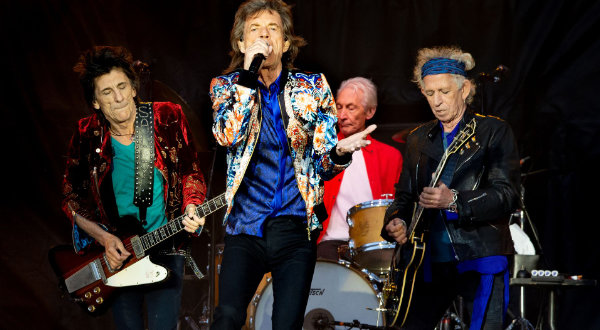
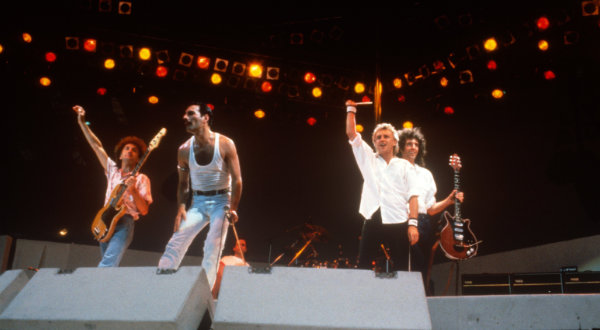
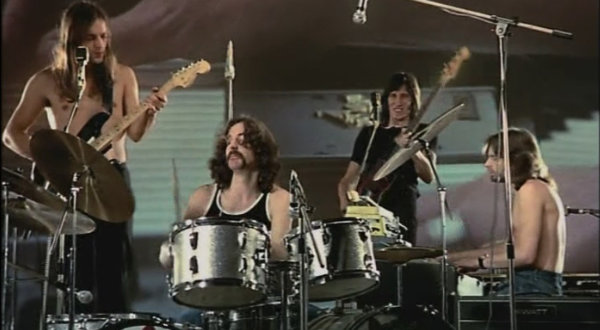
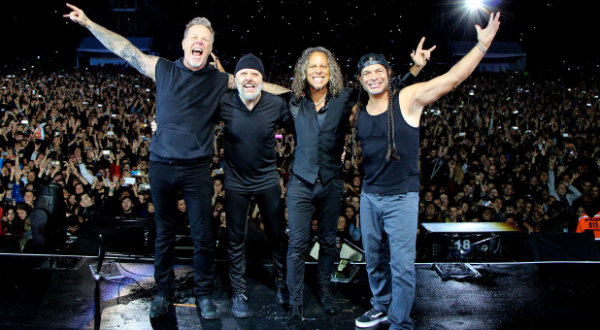
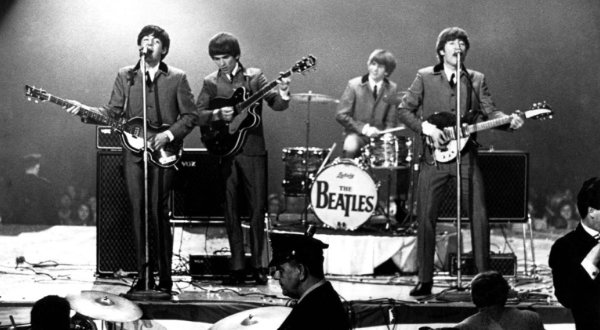


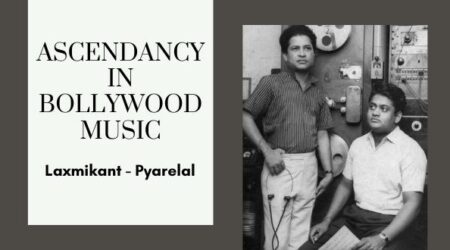
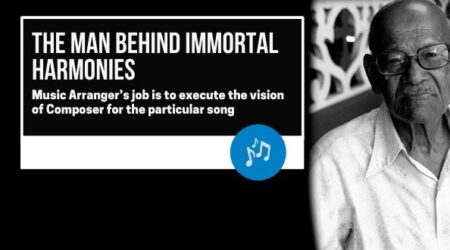


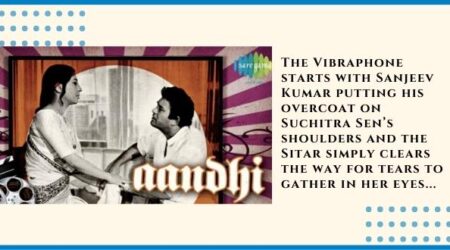
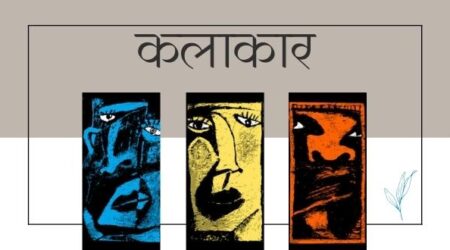
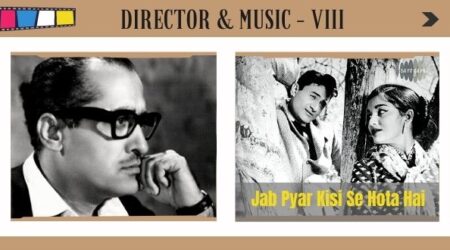
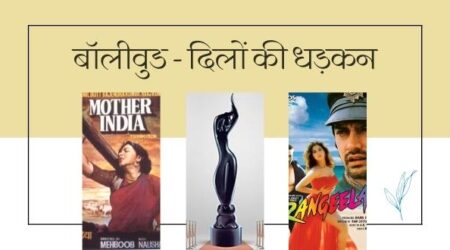

Leave a Reply